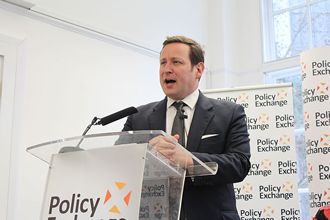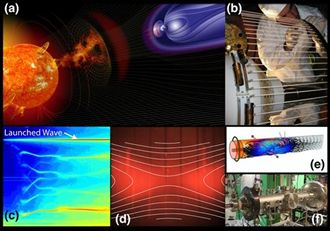 An alliance of US tech companies including Novetta and Microsoft hasbeen targeting the Hikit malware and have worked out a way to disrupt the Chinese cyber espionage gang Axiom’s antics.
An alliance of US tech companies including Novetta and Microsoft hasbeen targeting the Hikit malware and have worked out a way to disrupt the Chinese cyber espionage gang Axiom’s antics.
Dubbed Operation SMN, the coalition of security companies has apparently given the hackers a Chinese burn after it detected and cleaned up malicious code on 43,000 computers worldwide infected by Axiom.
The effort was led by Novetta and included Bit9, Cisco, FireEye, F-Secure, iSIGHT Partners, Microsoft, Tenable, ThreatConnect Intelligence Research Team (TCIRT), ThreatTrack Security, Volexity, and was united as part of Microsoft’s Coordinated Malware Eradication (CME) campaign against Hikit.
Hikit is custom malware often used by Axiom to burrow into organisations and nick data. It works quietly and evades detection, sometimes for years.
Axiom used a variety of tools to access and re-infect environments including Derusbi, Deputy Dog, Hydraq, and others. Ludwig says, they expanded the group and its scope “so that we absolutely did the best possible job of clean-up and removal” and rolled it all into a Microsoft Malicious Software Removal Tool (MSRT) released Oct. 14.
Novetta thinks that while the MSRT was comprehensive, it may be only a temporary setback for Axiom, which will just work out another way of doing the same thing.
Novetta says it has “moderate to high confidence” that Axiom is a well-resourced and well-disciplined subgroup of the state-backed “Chinese Intelligence Apparatus.”
Axiom has been found in organisations that are of strategic economic interest, that influence environmental and energy policy and that develop integrated circuits, telecommunications equipment and infrastructure.
The target organisations are often related in some way, and once Hikit has burrowed its way into a computing environment, it can create a “mini-network,” communicating laterally with other Hikit installations within the organisation or related outside groups. What makes it difficult to track is that it uses proxies and never communicates with the command-and-control server directly. Hikit talks to companies in such a way that the traffic does not look dodgy.
 The government has a plan to offer free wi-fi in over 1,000 public buildings across the UK in a bid to make everything a little more accessible.
The government has a plan to offer free wi-fi in over 1,000 public buildings across the UK in a bid to make everything a little more accessible.


















